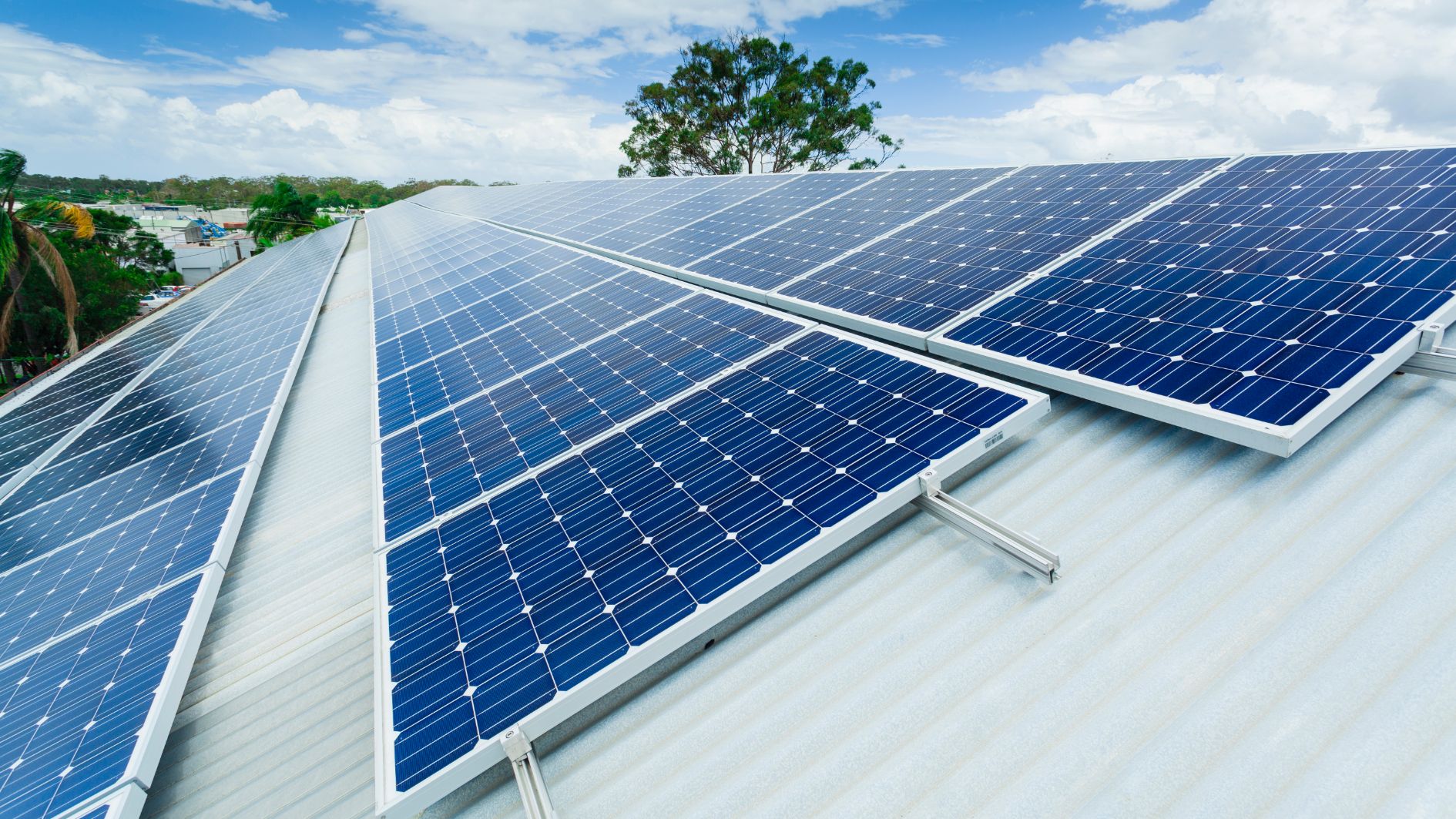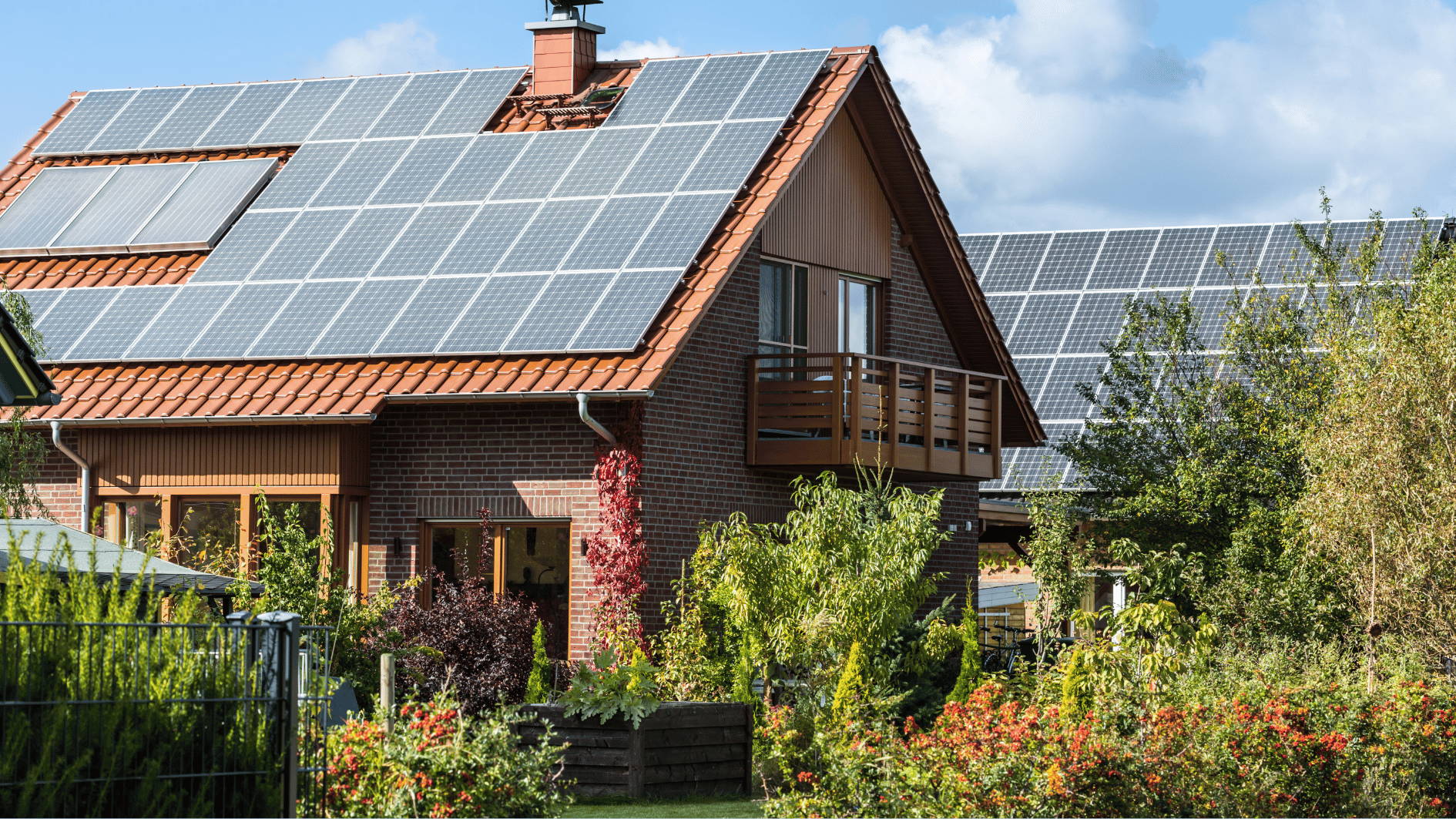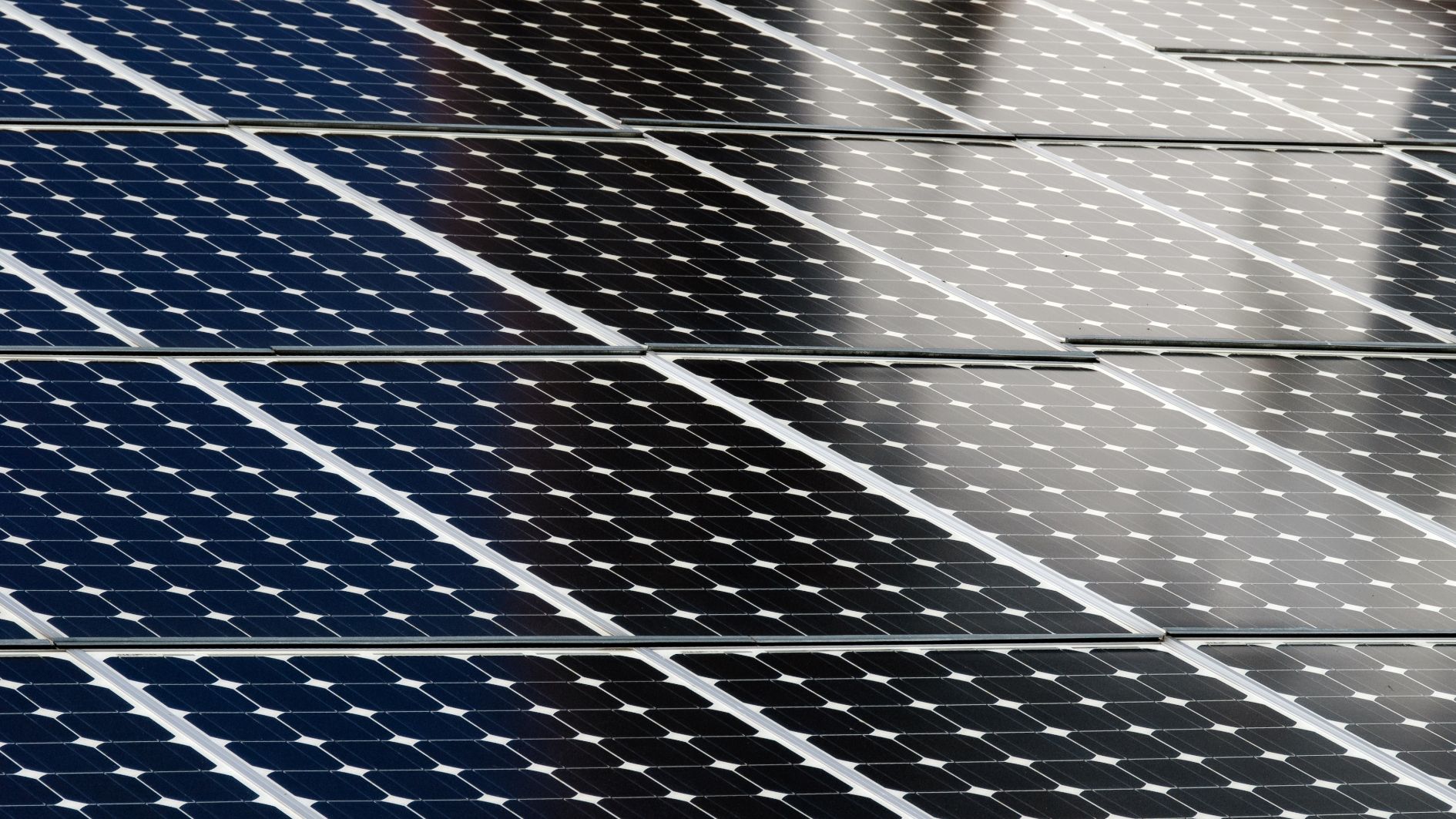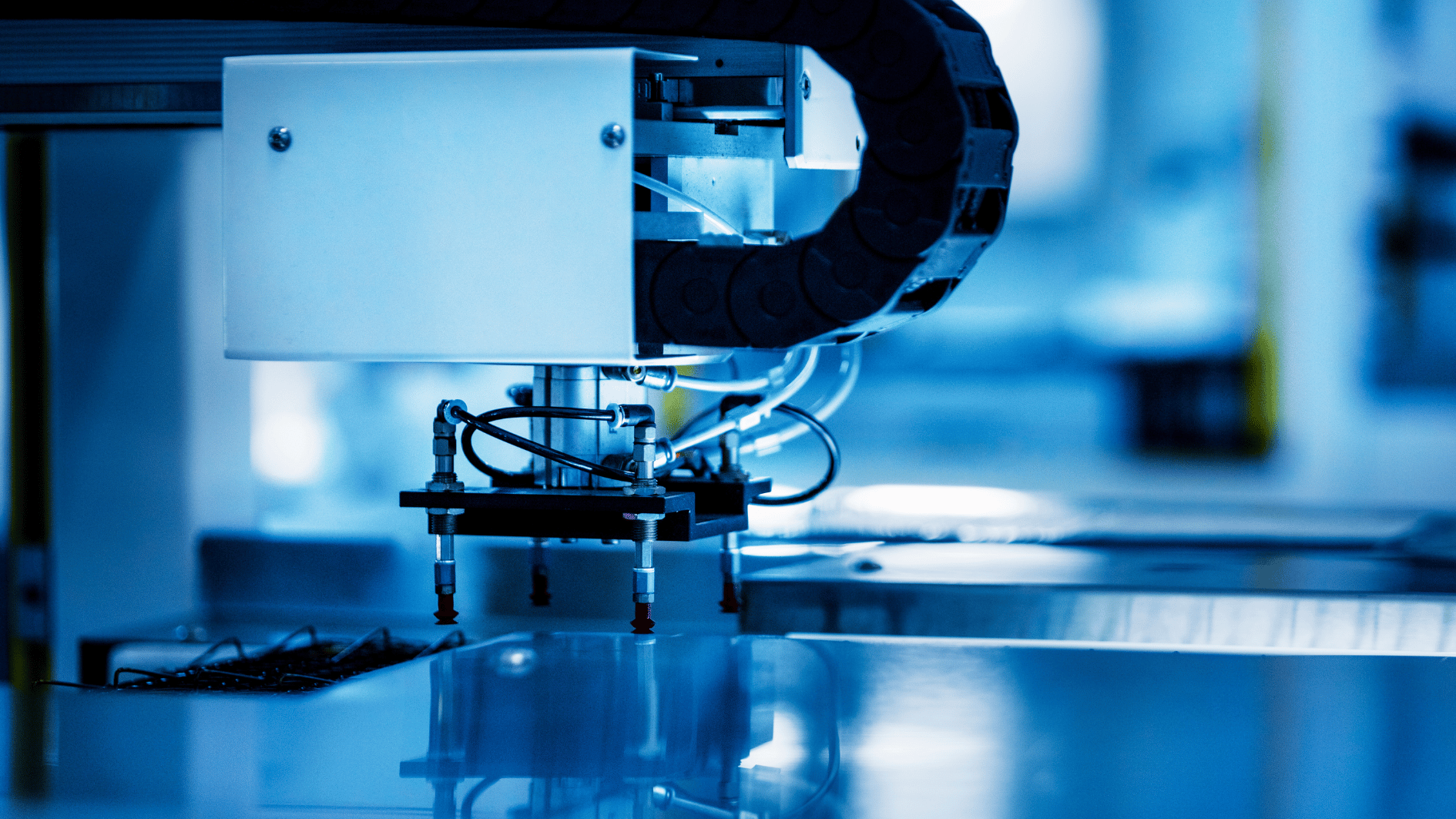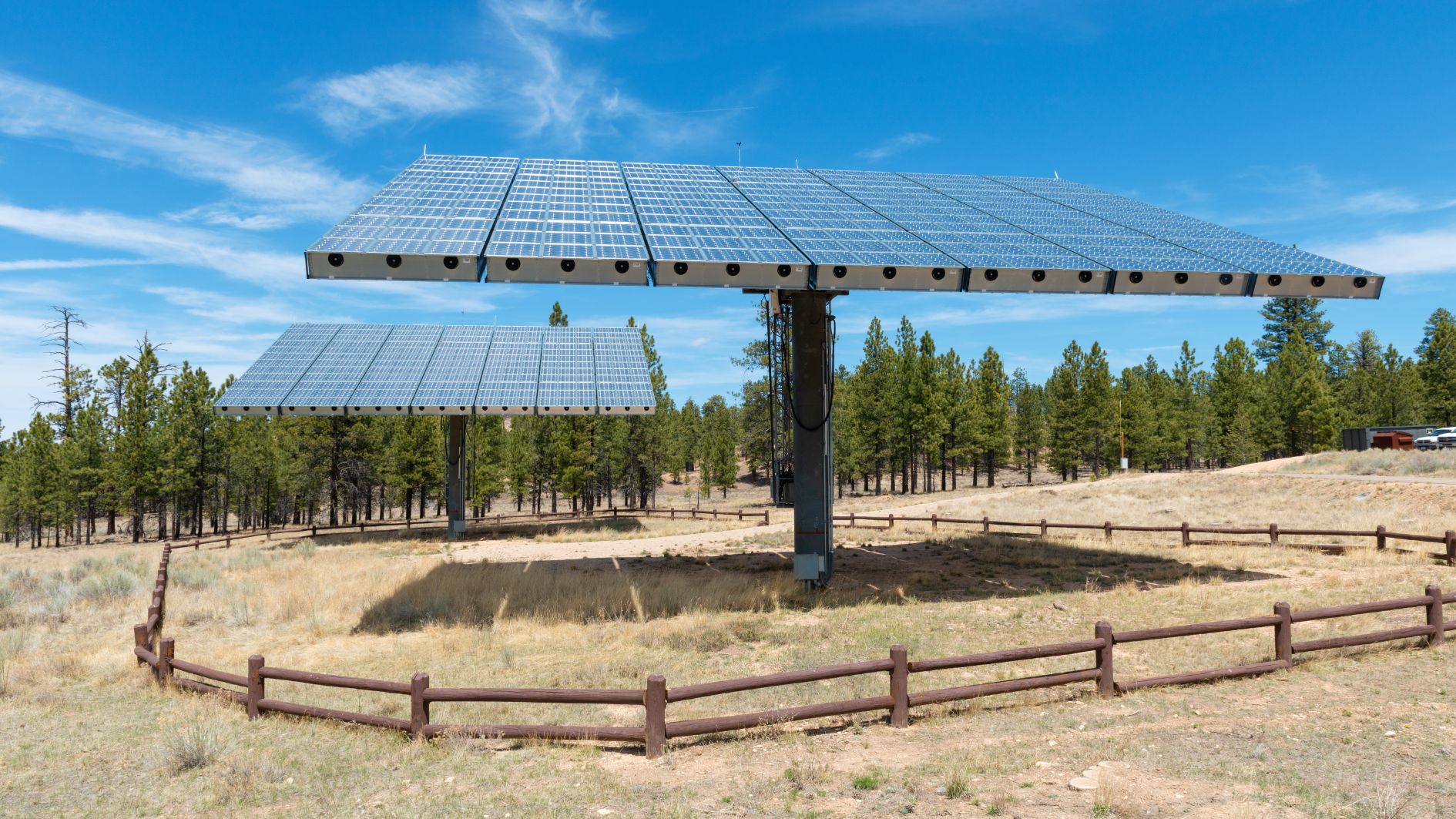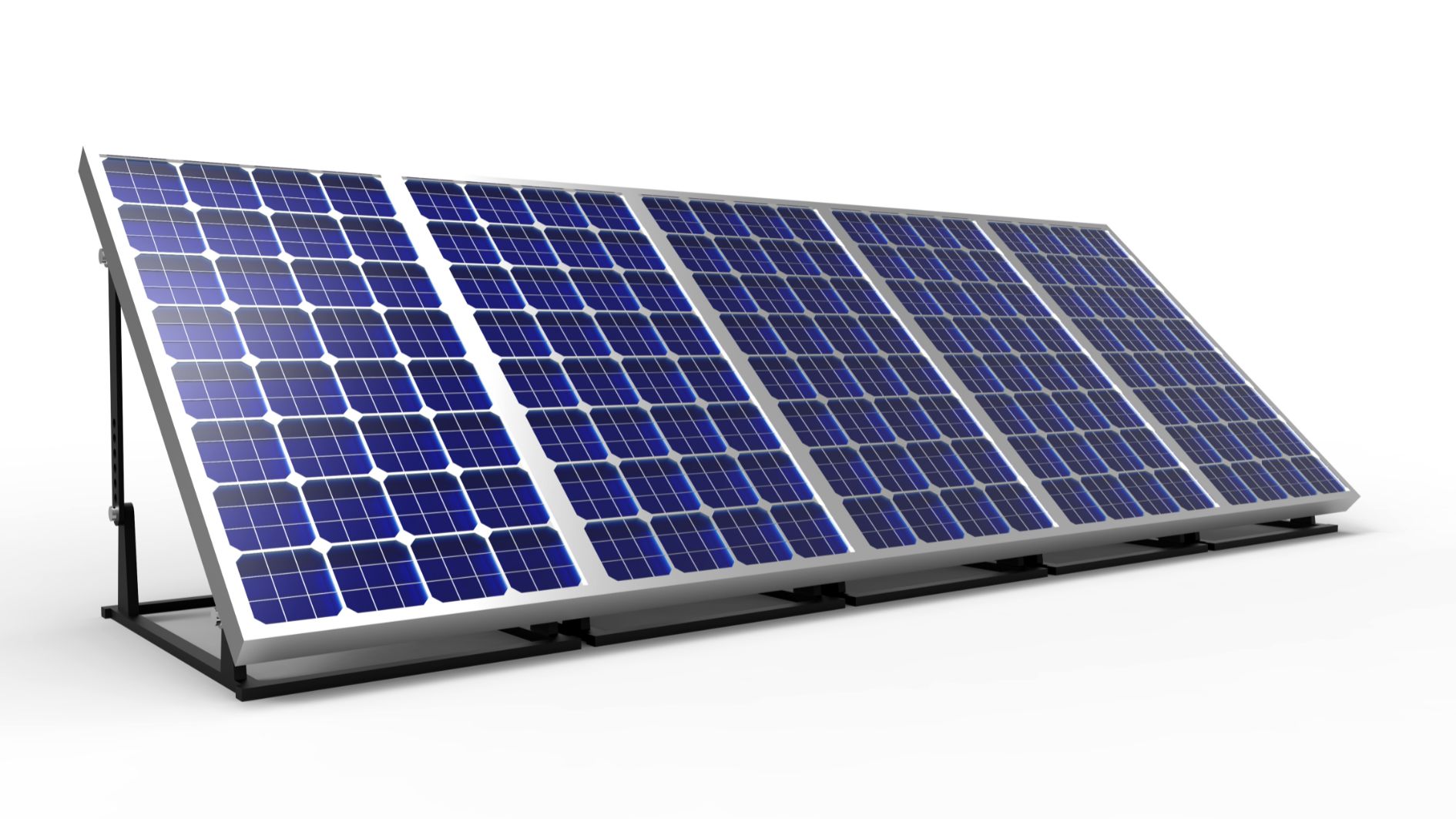Tags: Solar technology
Evolution of Solar Cell Technologies
A photovoltaic (PV) cell, commonly known as a solar cell, is a non-mechanical device that converts sunlight directly into electricity.
Reasons to Consider a Career in Solar Energy
Looking to work in the solar industry? There are various job opportunities available, each requiring different skill sets and levels of education. Let’s explore a few areas of expertise to…
Solar Rapid Shutdown: What It Is and Why It’s Essential
Solar rapid shutdown is a vital safety feature that protects both homeowners and first responders from the risks associated with high-voltage electricity generated by solar panels.
How to Determine the Number of Solar Panels for a 2,000-Square-Foot Home
The number of solar panels needed for a 2,000-square-foot home depends on your energy usage, the efficiency of your panels, your location’s sunlight, and the available roof space.
Evaluating Battery Backup Solutions
Whether you’re protecting your digital domain or fortifying your fortress against outages, there’s a battery backup solution tailored just for you. So, embrace resilience and power on, even when the…
Which Solar Panel Type Is Best for You?
With various types of solar panels available—each with unique features, benefits, and drawbacks—it’s important to choose one that meets your specific energy needs, budget, and installation conditions.
Monocrystalline vs. Polycrystalline Solar Panels
When deciding between mono and poly panels, both will reduce your electricity bills. The choice depends on your preferences, space constraints, and financing options.
The Composition and Manufacturing Process of Solar Panels
Solar panels typically consist of several essential components: silicon, metal, and glass.
Are Solar Arrays Suitable for Every Home?
A solar array consists of multiple solar panels that generate electricity.
Solar Panel Size and Weight
Solar panels are approximately 5 feet long and 3 feet wide, with slight variations depending on the manufacturer.
Need help choosing a solution for you?
Just create an application, and we’ll help with the selection.


